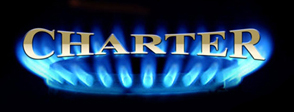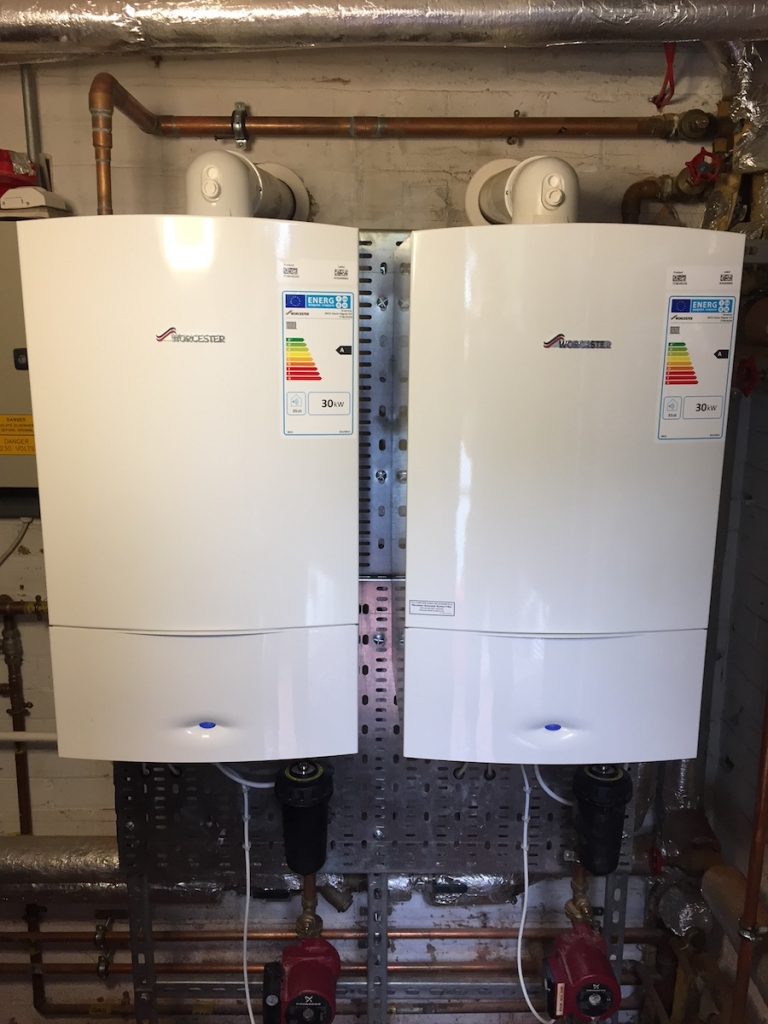One of the most common problems with any boiler is an incorrect boiler pressure. Boiler pressure refers to the pressure of hot water running in your sealed central heating system. Boilers with too little pressure can struggle to heat your system, while boilers with high pressure can cause leaks, strains and system failure. So what are the telltale signs of high boiler pressure, and how can this be addressed? Well, here at Charter Heating, we are leading boiler, heating and gas experts. As a result, we have produced this guide to everything you should know about high boiler pressure.
What are the most common signs of high boiler pressure?
There are several ways to tell that your boiler pressure is too high. These include:
- The boiler pressure gauge exceeds 3.0- the easiest and most effective way to check your boiler pressure is to find the boiler pressure gauge. This is often on the front of the boiler, or sometimes under the front panel. Normally this will read between 1-2 bars of pressure. So when this reaches 3, your boiler pressure is too high and could be problematic.
- Leak from underneath the relief valve- if you can see water leaking or dripping from the pressure relief valve, usually located on outside wall where the unit has been installed, this is a good indicator that your boiler pressure is too high, and the water is escaping where appropriate.
Bleeding your radiators
One of the most effective ways to tackle high boiler pressure is to bleed your radiators. This will reduce some of the water in the system, and allow the pressure to return to normal levels.
For more information or advice about your boiler pressure, why not get in touch with our team here at Charter Heating today?

